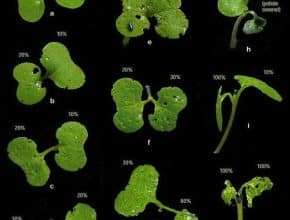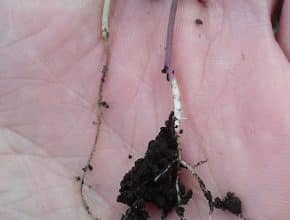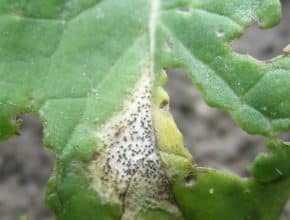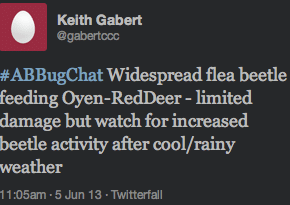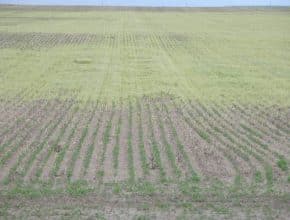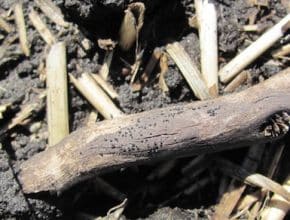Flea beetle spraying picked up again this week, as more canola fields reached thresholds. Don’t give up on flea beetle scouting just yet. Click here for more on the flea beetle spray decision. Cutworm feeding has been detected in some fields, but spraying is still minimal at this time. Digging will be required to distinguish whether cutworms or wireworms are…
Canola Watch Posts
-
-
If plant counts are lower than you expected based on your seeding rate, taking time now to figure out why will help fix the problem for next year. Use the Canola Diagnostic Tool to help. While scouting, look for the following, which will help with the diagnosis:…
-
Canola seeded too deep is at higher risk of seedling diseases. Deep seeding requires a long hypocotyl for the plant to reach the soil surface, which exposes more of the plant to soil-borne disease pathogens. Deep seeding also extend the days to emergence, which means the plant is at its vulnerable stage for longer…
-
-
Early season hail rarely has an impact on canola yield potential. Hailed seedlings usually come back very well. If hail breaks off both cotyledons or snaps the stem, these plants usually do not survive. But even in these severe cases, while individual plants may die, a whole canola crop is fairly resilient to early season hail when it comes to…
-
Canola seeding is complete or nearly complete in most regions, and timely rains mean rapid crop establishment and reduced flea beetle threat for more regions — although see the Tweet of the Week below. Good growing conditions also mean heavy weed growth, especially in fields that did not get a pre-seed burnoff. Rates may need to be at the high…
-
-
The best method is to dribble on fertilizer in a concentrated band rather than as a spray mist. Tank mixing with the herbicide, while it may be possible if the herbicide manufacturer approves, will not allow high enough rates to make any useful difference to the crop. The fine mist may also damage the crop…
-
Growers in areas where blackleg infection was known to cause yield loss last year may choose to apply fungicide early in the season. Here are factors that increase the blackleg risk. The more of these risk factors that apply, the greater the risk: —Tight canola rotation —Using the same variety in the rotation —Yield loss to blackleg in previous years…

